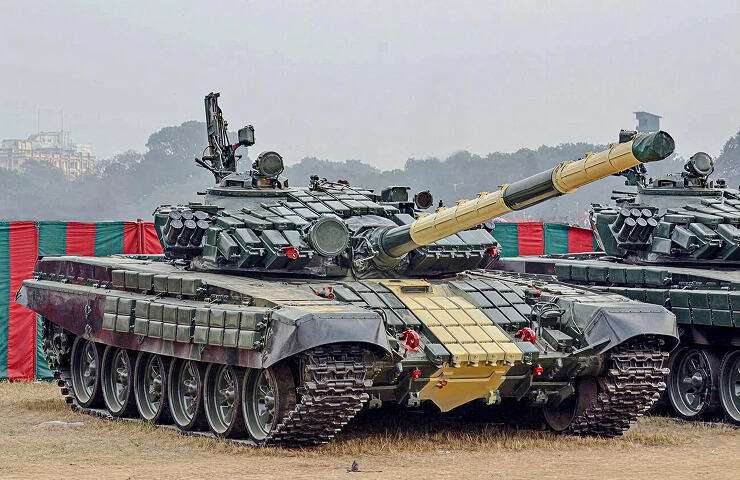The Indian army aims to upgrade its ageing fleet of Soviet-era T-72 tanks into unmanned combat vehicles. This initiative aims to counter. This emphasizes the increasing possibility of damage from modern threats like drones and advanced anti-tank missiles, especially in high-risk zones. By transforming these aging tanks, the army hopes to extend their service and enhance soldier safety as well as progressively transparent and surveillance-heavy battlefield.
In Indian service, the T-72 main battle tank “Ajeya” (Invincible), it’s backbone of India’s armoured vehicles for over 40 years, with approximately 2,400 units. It was first introduced in the late 1970s and later produced domestically; these tanks had served in multiple operations and conflicts. But with many of these platforms now approaching the end of their designated 30-year service life, they are becoming obsolete in the face of increasingly sophisticated battlefield threats
To sustain combat effectiveness, the latest T-72 variants are already being modernized with upgraded fire-control systems, thermal imaging, 1,000-horsepower engines, enhanced Explosive Reactive Armour (ERA), and canopy slat armour, a physical defence against drone attack. Transforming these into Unmanned MBTs (UMBTs) offers a strategic path forward. These autonomous tanks could lead missions in the most perilous environments, delivering firepower and deploying integrated drones without placing soldiers in harm’s way. This would also serve as a vital interim capability until the much-anticipated Future Ready Combat Vehicle (FRCV) enters service post-203

